Excursions & Activities
The Amalfi Festival offers participants opportunities to explore the Amalfi Coast and Italian culture.
Excursions
While at the Amalfi Coast Music & Arts Festival, take a once-in-a-lifetime chance to explore the striking beauty and history of the region.
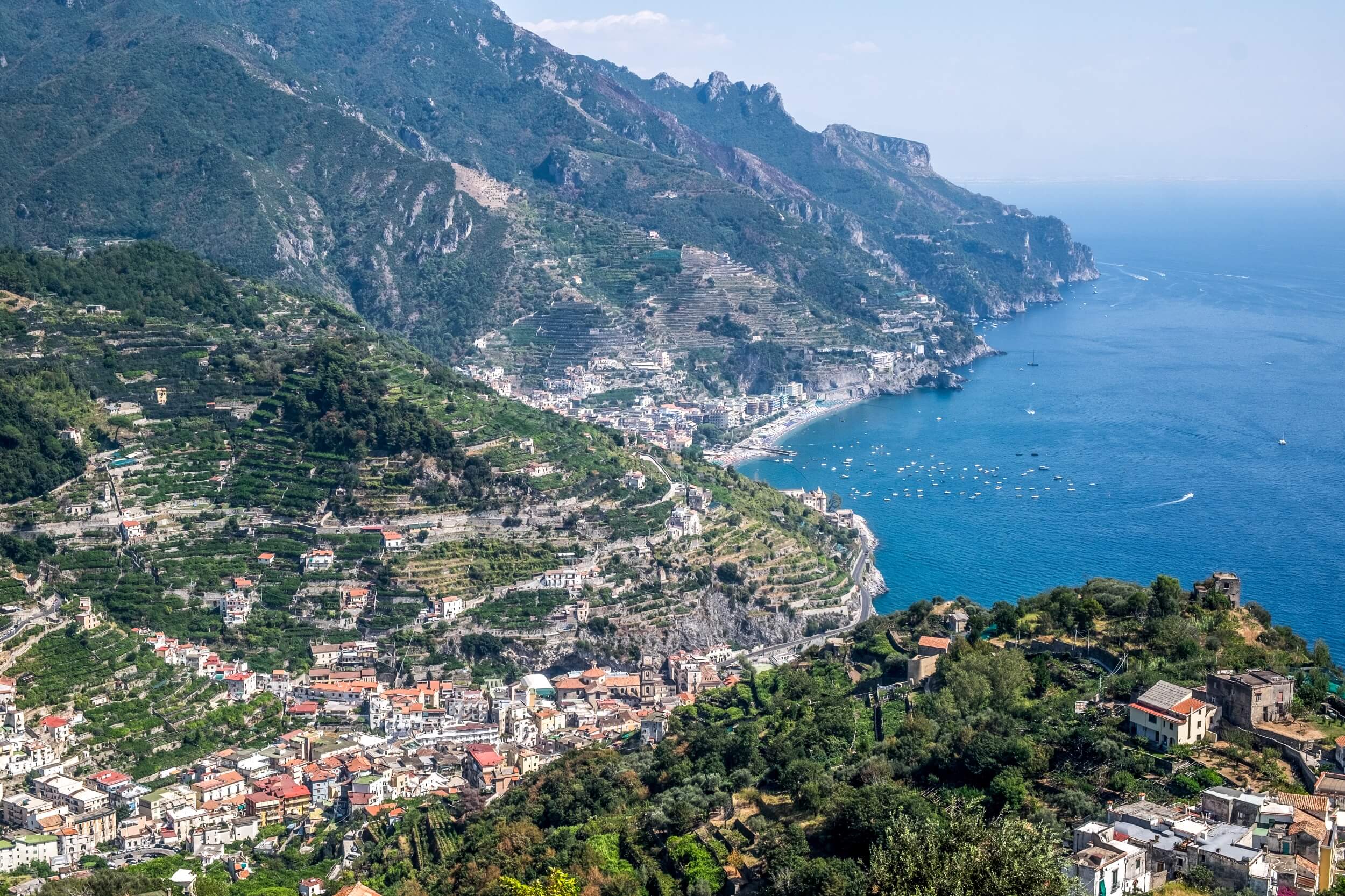
Ravello
Duration
Half dayAvailable to
- Called the “jewel of the coast.” Exceptional views over the sea with unforgettable landscapes and visit to historical villa. Favorite destination of artists & musicians. Includes transportation, entry tickets, guide.
An Artistic Refuge
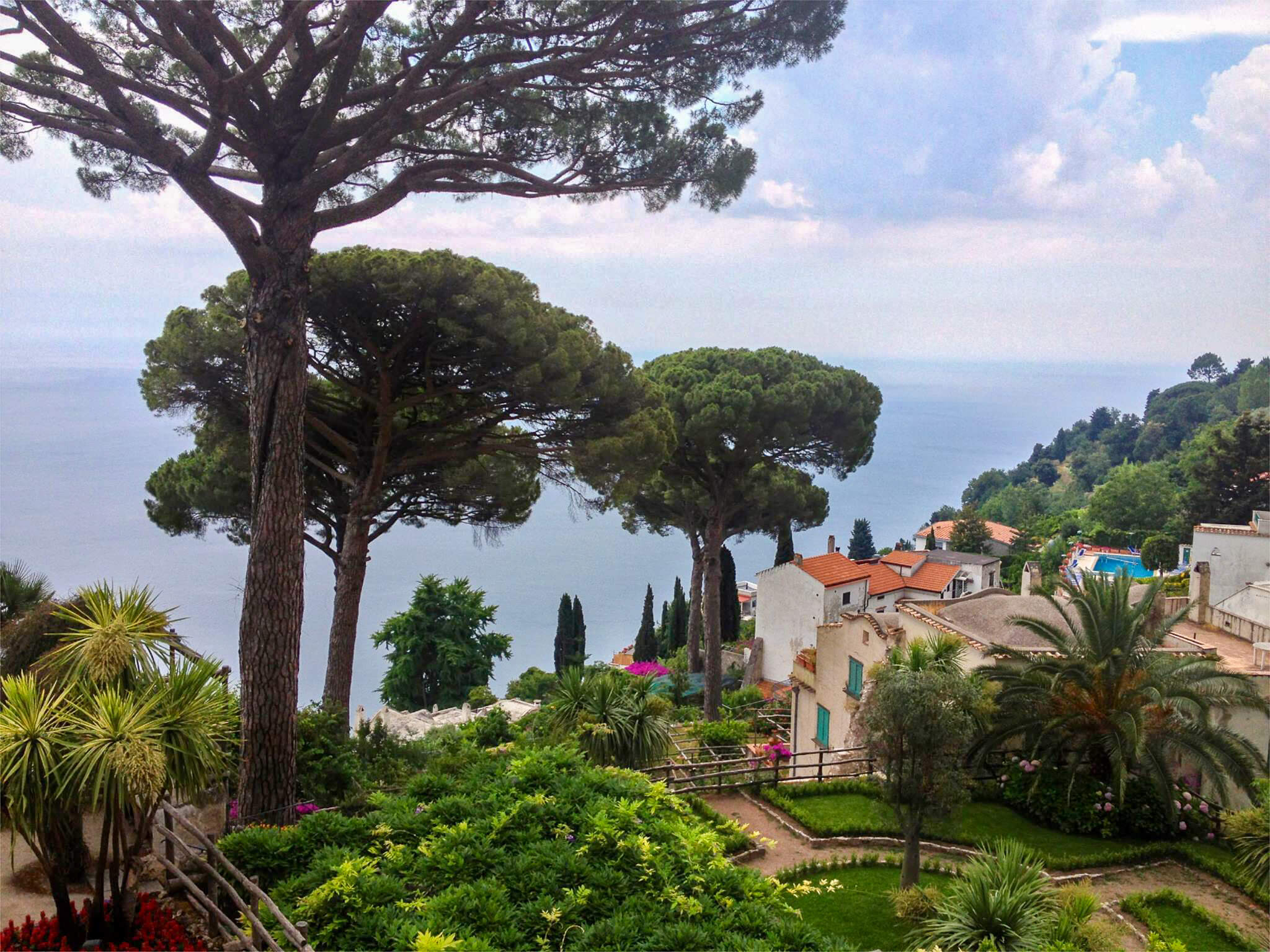
Located 350 meters above the sea at the top of the Dargone Valley, Ravello’s stunning scenic beauty has long made it a popular tourist destination. Founded by the Roman aristocracy in the 5th century as a shelter against the barbarian invasions that marked the end of the Western Roman Empire, it soon became a wealthy and powerful town between the 10th and 13th centuries. Like Amalfi, Ravello owed its prosperity to extensive commerce throughout the Mediterranean, particularly with regard to its strong textile industry.
The fall of Ravello’s wealth and influence came with Ruggero II and the Normanni domination. This was furthered by the Pisani invasion in 1337, which deprived the entire Amalfi Coast of its independence and political power. Now home to approx. 2,500 inhabitants, it earned a listing as a UNESCO World Heritage Site in 1996.
Its stunning views and powerful atmosphere have made it a favorite respite and inspiration over the years for artists, musicians, and writers alike, including composers Wagner, Grieg, and Bernstein, conductor Toscanini, painters Escher, Turner, and Miró, and literary legends Truman Capote, Tennessee Williams, and Virginia Wolf, to name a few. It is currently home to one of the longest running music festivals in the world. The Ravello Music Festival was founded in 1953 by the Ravello Concert Society to celebrate Richard Wagner, who composed his opera Parisfal while visiting the gardens of the Villa Rufolo, recording in the hotel guest book that the “magic garden of Klingsor has been found.”
Notable “must-see” sites
- The “Duomo” - Erected in 1086, it dominates the Piazza del Vescovado with its splendid, triple-arched marble portal and magnificent bronze door created in 1179 by Parisano da Trani. The cathedral’s museum houses the splendid marble bust of Sigligaida Rufolo, widely considered to be one of the most beautiful works of 13th century art.
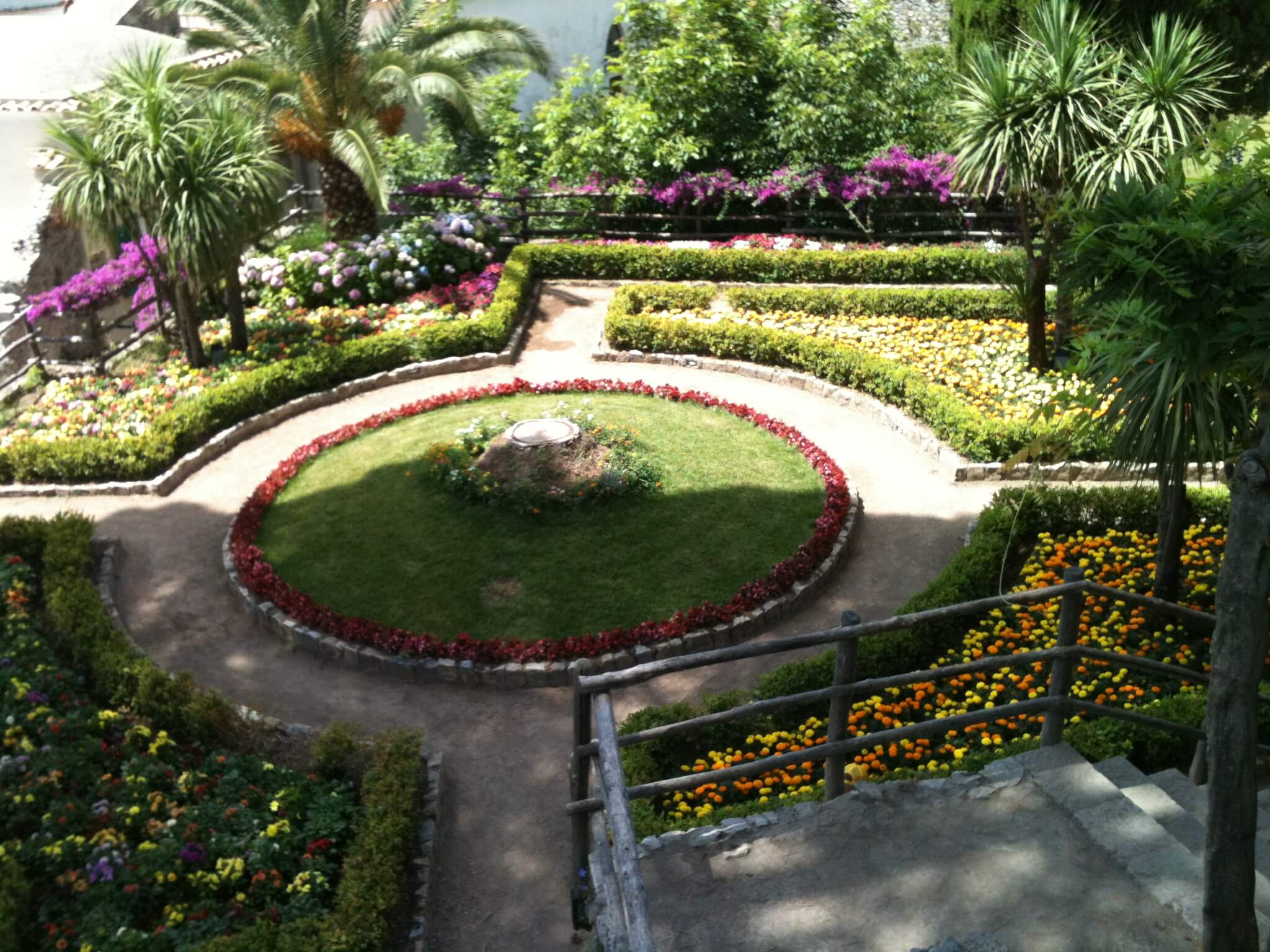
- Villa Rufolo - Constructed in the latter half of the 13th century by the powerful Rufolo family, both Moorish and Norman influences can be seen in the staggering towers and cloisters. The magnificent cliff edge terrace, perched directly above the sea, is the venue for Ravello’s annual Wagner Festival.
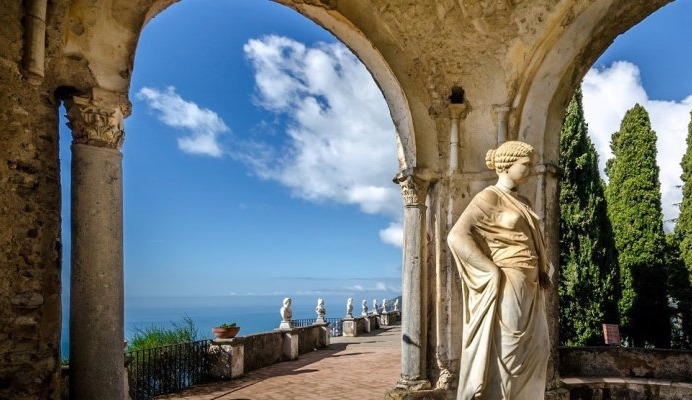
- Villa Cimbrone – Purchased and remodeled by Lord William Beckett in 1904, this beautiful architectural phenomenon is an eclectic mix of styles and eras, archeological relics and souvenirs of Beckett’s own extensive travels. The luxuriant garden is filled with decorative elements including fountains, small temples, pavilions, statues, and paths which culminate in the “Terrace of the Infinite,” known as one of the most beautiful views in the whole world.
- Oscar Niemeyer Auditorium - A controversial international design legend, it is a powerful work of modern architecture whose 400-seat amphitheater has been likened to a “sheet of white paper blowing in the wind.”

Pompeii
Duration
Half dayAvailable to
- World-famous archaeologic site of the ancient civilization frozen in time when buried under the lava of the 4th century eruption of the volcano Vesuvius. Includes transportation, entry tickets, expert guide.
A Buried Past
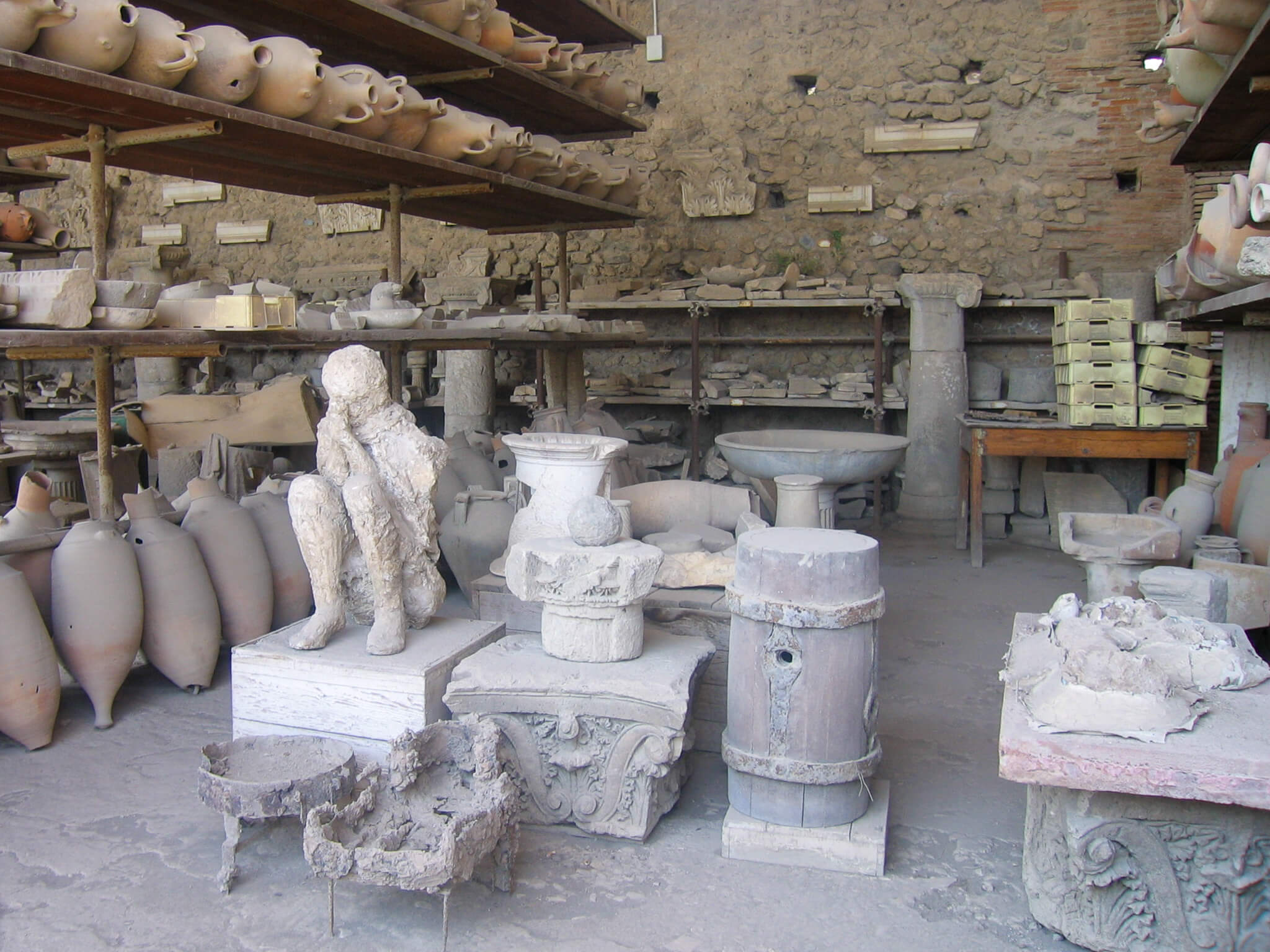
The city of Pompeii was an ancient Roman town-city near modern Naples in the Italian region of Campania that was entirely destroyed and buried under 4 to 6 meters (13 to 20 ft.) of ash and pumice in the eruption of Mount Vesuvius in 79 AD.
Researchers believe that Pompeii was founded in the 7th or 6th century BC by the Oscans, a people of central Italy. It came under Roman rule in the 4th century BC, and became a Roman colony in 80 BC after it joined an unsuccessful rebellion against the Roman Republic. By the time of its destruction 160 years later, its population was approximately 11,000 people, and featured a complex water system, amphitheater, gymnasium, and a port.
Evidence for the destruction originally came from a surviving letter by Pliny the Younger, who saw the eruption from a distance. The eruption occurred on August 24, just one day after Vulcanalia, the festival of the Roman god of fire. A multidisciplinary study of the eruption indicates that at Vesuvius and surrounding towns, heat was the main cause of death of people, previously believed to have died by ash suffocation. Exposure to at least 250 °C (482 °F) hot surges at a distance of 10 kilometers (6 miles) from the vent was sufficient to cause instant death, even if people were sheltered within buildings.
The site was lost for about 1,500 years until its initial rediscovery in 1599 and broader rediscovery by Spanish engineer Rocque Joaquin de Alcubierre in 1748. The objects that lay beneath the city have been well-preserved for centuries because of the lack of air and moisture. A tourist destination for over 250 years, Pompeii is now an UNESCO World Heritage Site status and is one of the most popular tourist attractions in Italy, with approximately 2.5 million visitors every year.
Notable “must-see” sites
- Temple of Apollo - Built in the 2nd century BC, it was the city’s most important religious structure. A peripteros featuring 48 ionic columns, it was seated on a high podium with an imposing set of entrance steps, reflecting a fusion of Greek and Italic architectural ideas.
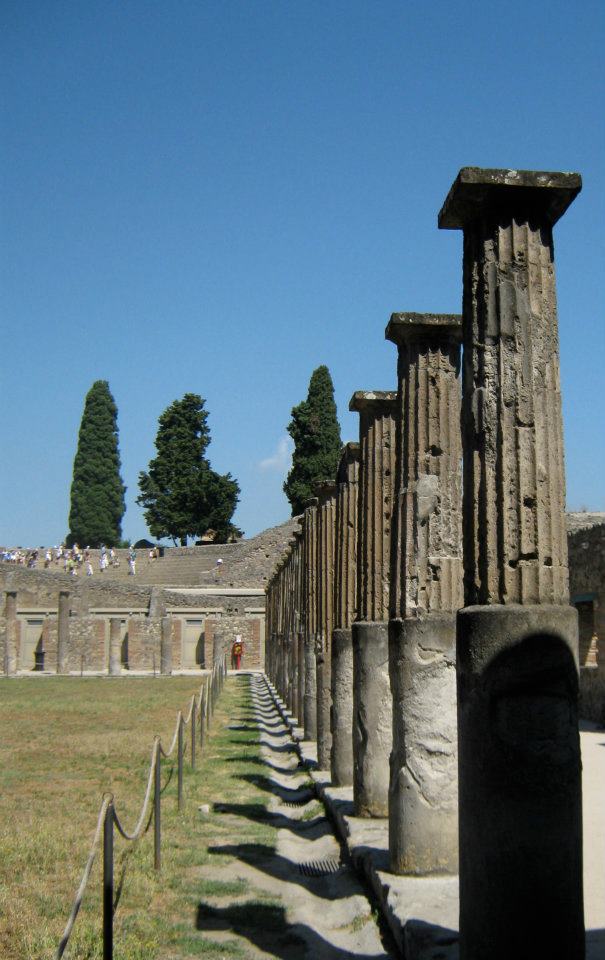
- Amphitheatre of Pompeii – Believed to be the earliest Roman amphitheater constructed of stone, it remains in startlingly practical condition today. Praised for its acoustics and optimal design, it is still used today as a concert and public events venue.
- Garden of the Fugitives - Giuseppe Fiorelli took charge of the Pompeii excavations in 1863. During early excavations of the site, occasional voids in the ash layer had been found that contained human remains. Fiorelli realized these were spaces left by the decomposed bodies and devised the technique of injecting plaster into them to recreate the forms of Vesuvius’s victims. This technique is still in use today, with a clear resin now used instead of plaster because it is more durable, and does not destroy the bones, allowing further analysis. Today, many casts can also be found in the Archaeological Museum of Naples.

Capri
Duration
Full dayAvailable to
- Travel by boat to the mythical island of Capri, an international wonder. Includes boat tickets, entries, expert guide.
Isle of Beauty and Mystery
The Island of Capri is one of the most picturesque and visited locations in Campania. Its breathtaking landscapes and beauty stretch from the rocky caves around the island to the edge of the horizon, and have been an inspiration to poets, lovers and travelers throughout the centuries. Underlaid with limestone and characterized by fantastical towers and sinkholes in the rock, karst erosion over time has long since separated Capri from the mainland.

For the Greeks and later the Romans till Tiberius, Capri was an island of boar, goats, and other animals. Hence the Island was named Kapros, which in Greek means “wild boar”. Originally colonized by the Greeks, Roman Emperor Tiberius obtained the island after bartering Ischia for Capri with the Neapolitans. He then commenced with a multi villa-building project, rendering the island habitable. After the fall of the Western Roman Empire, Capri fell again under the rule of Naples, and suffered various attacks and ravages by pirates.
In 866 A.D. Emperor Louis II gave the island to the comune of Amalfi. The political dependence of Capri to Amalfi, which had relations to the Eastern Mediterranean, is particularly evident in art and architecture, in which Byzantine and Islamic forms appeared. Frederick IV of Naples established legal and administrative parity between the two settlements of Capri and Anacapri in 1496. Pirate raids by the Barbary corsairs reached their peak during the reign of Charles V. The danger of such attacks led Charles V to allow the inhabitants to arm themselves, and new towers were built to defend the island.
In January of 1806, French troops under Bonaparte took control of the island, but by May the island was taken by an English fleet under Sir Sidney Smith. In 1808 it was retaken by the French under Lamarque, and finally in 1813 Capri was restored to Ferdinand I of the Two Sicilies, reestablishing the island under Neapolitan control.
In the latter half of the 19th century, Capri started to become a popular resort for European and American artists, writers and celebrities, and so it remains today. In 1995 the Capri Film Festival was founded, which takes place every December and attracts both Italian and foreign filmmakers as well as Hollywood stars.
Notable “must-see” sites
- La Piazzetta (Piazza Umberto I) – Now popular for its bars, it was originally the local fish market. Visitors often take the Funicular (a cableway) from the port to the terrace near the “Piazzetta”. Set amidst staggering views and surrounded with elements of historic, classic and modern architecture, it is not surprising it has become known as “The World’s Living Room”. Alongside stands the Clock Tower (Torre dell’Orologio), originally the Bell Tower of Saint Stephen’s Cathedral. To the southeast stands the Town Hall which used to be the Episcopal Palace, restored in the 1700’s. A passage, linking the Palace to Saint Stephen’s Cathedral, remains as evidence of its older religious function.
- Faraglioni - Sculpted by the wind and sea, and home to rare plants and wildlife, Faraglioni is the collective name for the three rocky stacks Stella (Star), Faraglione di Mezzo (in between) and Scopolo. The latter is famous for its unique blue lizards, found nowhere else on Earth. The ultimate touch of mystique surrounding the Faraglioni is the relationship between the depth of the sea immediately surrounding the rocks, the strong currents flowing there, and the way the spray is shot through with light, creating an array of sparkling colors.
- Port of Marina Grande - Encompassed by two narrow arms or quays, it borders the picturesque town of Capri. Until 1928, all docking took place directly in the bay, which in those days was smaller, formed of a natural reef. Larger vessels weighed anchor further out to sea, with goods for trade and passengers being rowed ashore in dinghies. Since its expansion, the scene has become more spacious, with a seaside resort and wide beach. Houses along the port are still structurally typical of the ancient dwellings of Capri’s fishermen. In the past, these homes were built literally at sea level, with the water lapping at their front doors. However, since the restructuring of the port, the water level has changed, and their previous position is now only visible in old photographs.
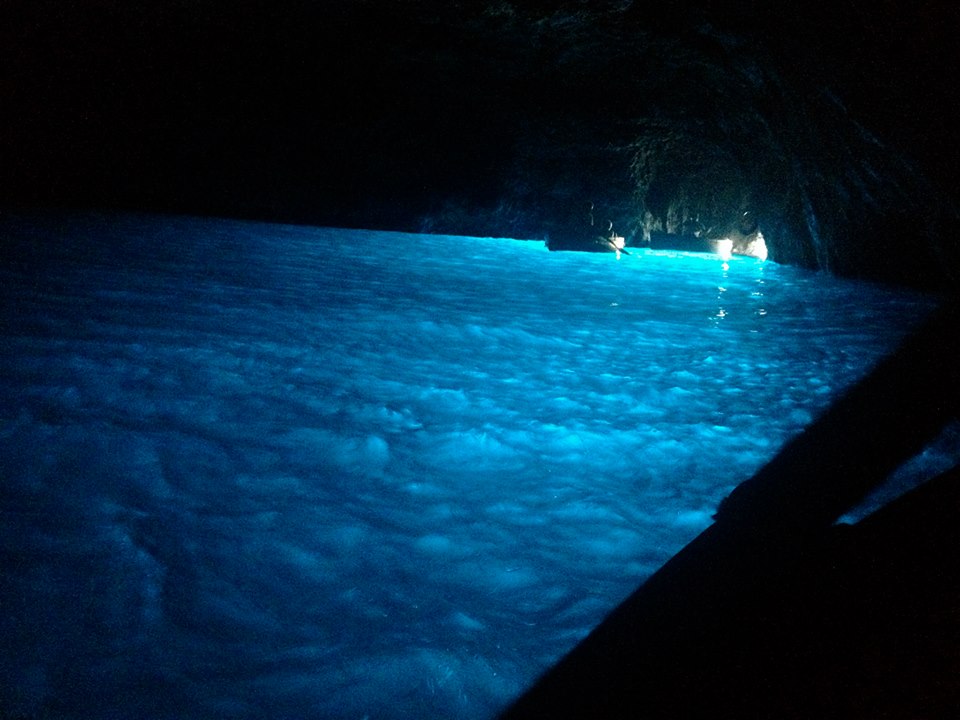
- Blue Grotto - A jewel discovered long ago by the Roman emperors, the grotto is one of the most popular tourist attractions of Capri. According to the historians of the times, Emperor Tiberius built a passage connecting his house to the cave, using it as an elite bathing pool. At certain times of the day, old Roman statues and ruins can still be seen on the grotto floor. For a long time the grotto fell into oblivion: local sailors and fishermen were scared since, according to popular tales, it was infested by ghosts and demons. During the first half of the 1800’s, a fisherman let two German artists, Ernst Fries and August Kopisch, inside the grotto, exploring it for the first time after ages. Since then, the iridescent cave has been famous all over the world.
- Anacapri - The Ancient Greek prefix ana means “up” or “above”, indicating that this separate comune is located at a higher elevation than Capri (about 150 m higher on average). Claude Debussy was a regular visitor here, naming one of his preludes from the first book, No.5 “Les collines d’Anacapri”, or “The hills of Anacapri.” There is a bus service, via numerous hairpin bends, from Marina Grande and Capri to Anacapri. However, one may choose to take the popular chairlift (seggiovia) to 589-m Monte Solaro for picturesque views of the south-facing coast.
- Villa Jovis - The best preserved of Emperor Tiberius’s villas, it was restored in the 1990’s by the Lysis Association and the Council of Capri. Constructed on the top of cliffs from which there are views of the Bay of Naples, the islands of Ischia and Procida, the Sorrentine Peninsula and the Bay of Salerno, visitors can access the villa by walking from the Piazzetta through the town’s medieval center, beneath the vaulted arches of Via Longarno, and along the panoramic Via Sopramonte and Via Tiberius (approx. 40 min.).
Activities
Italian Language Class
Available to
- Daily group class.
Daily lessons of basic Italian, with emphasis on oral communication and pronunciation through lively exchanges.
Cooking Lesson
Available to
- Includes instruction, transportation, interpreter-escort, 5-course meal and recipes.
Mediterranean Cuisine of Campania: a series of regional southern Italian cooking lessons will be offered in the kitchens of the area’s most famous restaurants. A gastronomic hands-on adventure where you will learn the finest traditional local pastas, savory Mediterranean side dishes, and seafood specialties. Then sit down and sample your labors at a four-course lunch! Take home the recipes and insiders’ knowledge of ingredients.